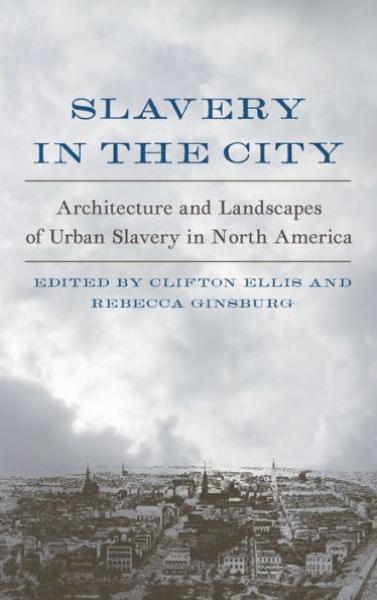Description
Countering the widespread misconception that slavery existed only on plantations, and that urban areas were immune from its impacts, Slavery in the City is the first volume to deal exclusively with the impact of North American slavery on urban design and city life during the antebellum period. This groundbreaking collection of essays brings together studies from diverse disciplines, including architectural history, historical archaeology, geography, and American studies. The contributors analyze urban sites and landscapes that are likewise varied, from the back lots of nineteenth-century Charleston townhouses to movements of enslaved workers through the streets of a small Tennessee town. These essays not only highlight the diversity of the slave experience in the antebellum city and town but also clearly articulate the common experience of conflict inherent in relationships based on power, resistance, and adaptation. Slavery in the City makes significant contributions to our understanding of American slavery and offers an essential guide to any study of slavery and the built environment.
These essays are a reminder of how remarkable it is that evidence of "overlooked structures and settings" has survived for us to study and how much of this evidence may be gone by the time our careers run their course.... This book will, it is hoped, spur a new generation of effort to turn to less well-known places and less-studied landscapes, so as to capture what they reveal about the complexities of the American experience.
--ARRISBuildings, structures, and other interventions in the natural landscape where the enslaved worked and lived do not often factor into the historian's imagination as part of the oppressive measures slaveholders used to sustain the peculiar institution. The collected essays in Slavery in the City provide a needed and successful corrective that effectively fills in the missing part of the story.
--The Journal of Southern HistoryThe logic, clarity, and readability of Slavery in the City's essays make it hard to believe that this is the very first collection of essays on urban slavery. Their openness, creativity, and empathy leave room for much more to come.
--Buildings & LandscapesThe essays in this volume are universally engaging, and each represents an excellent treatment of a particular time and place. Together they comprise a wide and varied group of case studies of urban slavery.
--Emma Hart, University of St. Andrews, author of Building Charleston: Town and Society in the Eighteenth-Century British Atlantic WorldThis collection is beautifully written, authoritative, and addresses a topic much in need of study. Building on earlier work by these experts in their respective fields, it also breaks important new ground both in slavery studies and in architectural history.
--Charles Dew, author of The Making of a Racist: A Southerner Reflects on Family, History, and the Slave TradeThis is a timely collection that will redefine slavery as most Americans understand the term.
--Robert Blair St. George, University of Pennsylvania
Product Details
- University of Virginia Pr Brand
- Jul 24, 2017 Pub Date:
- 0813940052 ISBN-10:
- 9780813940052 ISBN-13:
- 200 Pages
- 9.1 in * 6.2 in * 0.8 in Dimensions:
- 1 lb Weight:




